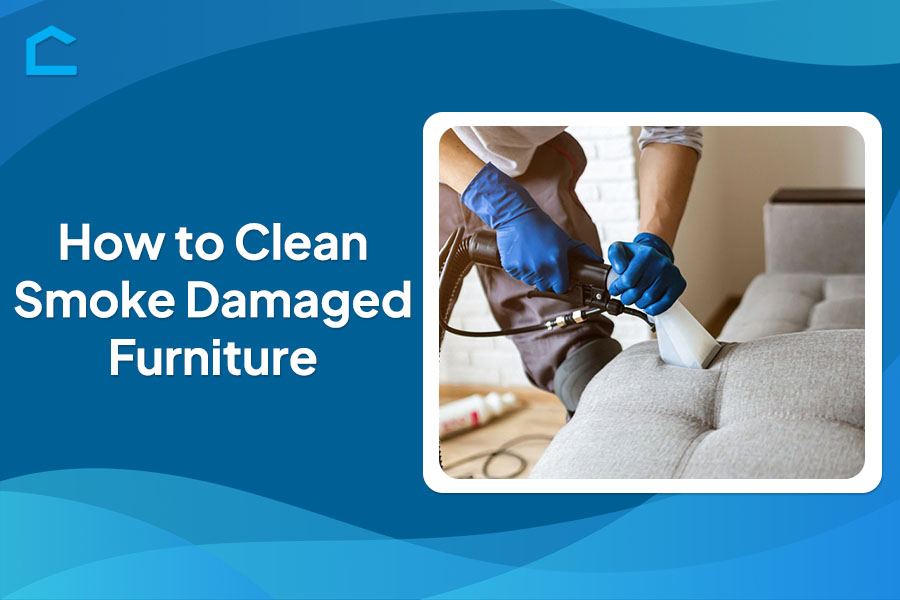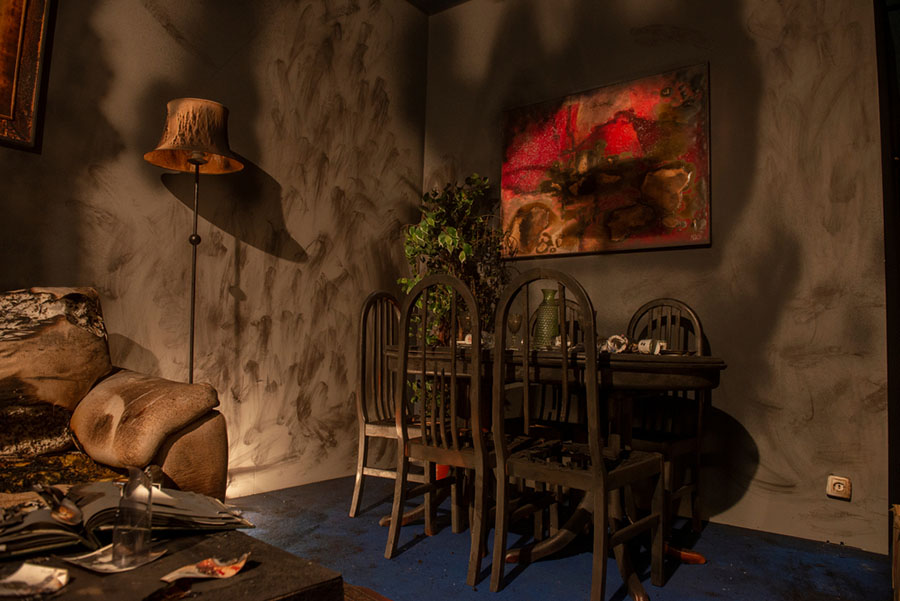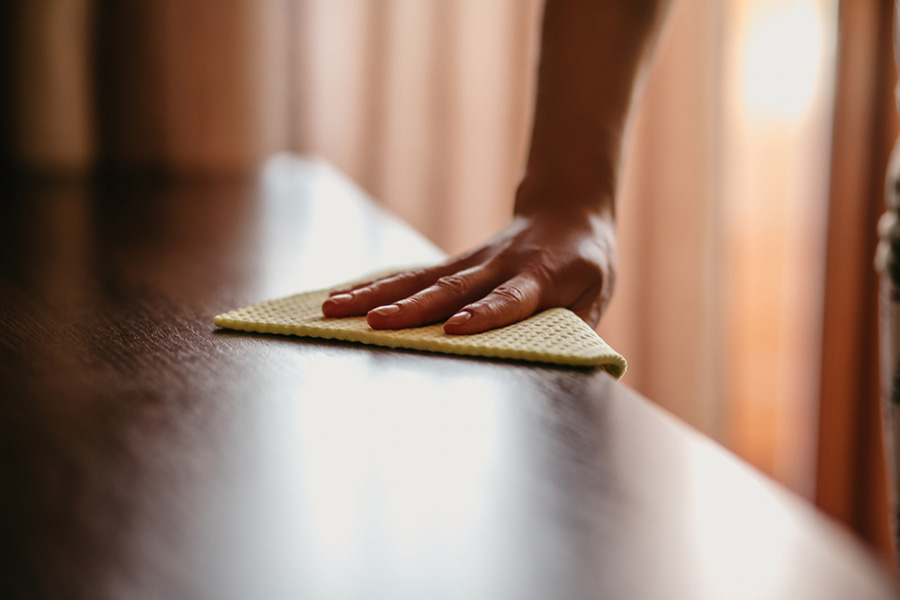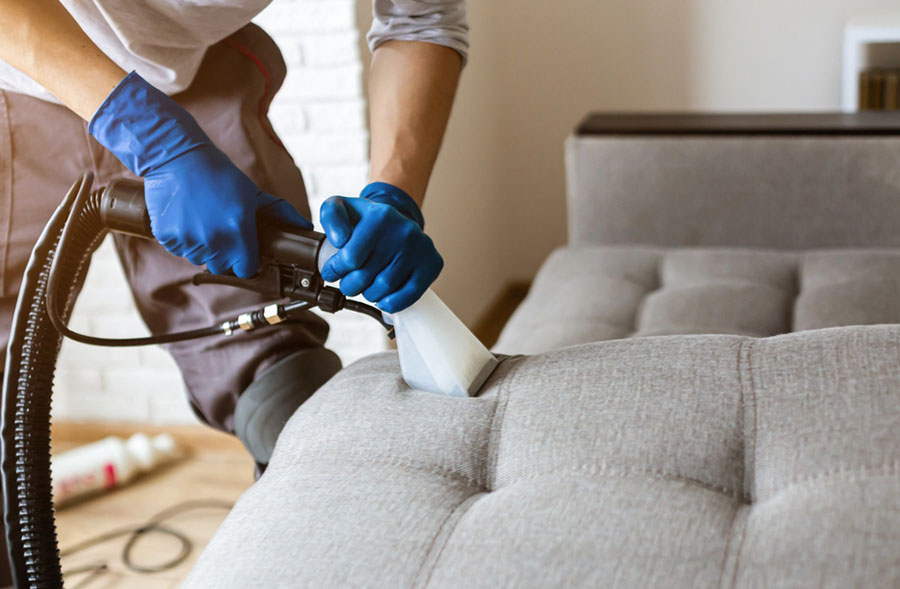How to Clean Smoke Damaged Furniture

The lingering smell of smoke can be one of the most difficult odors to remove from furniture and household items after a fire. Smoke particles penetrate deep into porous materials like wood, upholstery, and fabrics, leaving an unmistakable stench behind.
Simply opening windows is not enough to eliminate the problem. Trying to mask the odor with air fresheners provides only temporary relief at best. To truly restore smoke-damaged furniture to its pre-fire condition requires a dedicated cleaning regimen using the right products and techniques.
From leather sofas to antique wood pieces, every material reacts differently to smoke exposure. In this in-depth guide, we will uncover the right approach for how to clean smoke damaged furniture. This will include steps to clean each item for banishing smoke smells permanently.
With some effort, your beloved furniture can have a second life after surviving a fire. With these methods, even the worst smoke-saturated furniture can be rescued and revived. Stay with us as we unpack the best practices for cleaning smoke damaged furniture!

Source: shutterstock.com / Photo Contributor: daniharofoto
Assessing the Damage
Assessing smoke damage to furniture requires carefully inspecting all surfaces of each piece for discoloration, residue, and lingering odors. This includes hard-to-reach areas like under cushions and inside drawers.
Document any findings with photos and identify the specific materials involved, as smoke affects different ones like wood, fabric, and leather uniquely. Read manufacturer care guidelines and research proper cleaning methods accordingly.
Unfinished wood may need refinishing, while upholstery may require professional cleaning. A thorough inspection identifying problem areas and materials will allow you to plan the right restoration approach.
How to Clean Smoke Damaged Furniture
Dry cleaning with a cloth
Start the cleaning process by gently wiping down all surfaces of your furniture with a dry, clean cloth or sponge, moving in the direction of the wood grain. This will remove any loose soot or smoke residue resting on the surfaces.
Apply only light pressure – avoid grinding particles into the material. Be sure to check crevices and hard-to-reach areas, using a soft bristle brush if needed to dislodge residue. Replace the cloth frequently as it becomes soiled, having multiple clean cloths ready to make this process easier.
Vacuuming
For upholstered furniture, use the vacuum’s soft brush upholstery attachment. Slowly move it across cushions, under seat cushions, and over fabric surfaces to lift smoke particles and debris. Hold the nozzle slightly above delicate fabrics to prevent pilling.
Empty the vacuum frequently as you go, going over the same areas multiple times to ensure thorough vacuuming. Use attachments to reach into crevices and along seams, vacuuming in overlapping sections to cover all areas thoroughly.
Wood furniture cleaning
To clean wood furniture affected by smoke, use a high-quality furniture polish. Apply a small amount to a clean cloth and rub along the grain – the polish will help remove light residue while restoring the natural shine.
Reapply as needed, avoiding any overspray or transfer onto upholstery, which could stain. Use a fresh cloth for each new area to prevent redistributing residue. Work in small sections for best results, being sure to get into any carvings or details.

Source: shutterstock.com / Photo Contributor: IVAN KRYVOSHEI
Upholstery and fabric cleaning
For set-in stains on upholstered areas, treat them as soon as possible using an upholstery spot cleaner – test it first on a hidden area. Gently rub the cleaner into the stain and blot with a clean cloth.
For overall cleaning, consider renting a steam cleaner, which will effectively lift away ground-in smoke residues. Go slowly, change the water frequently, and allow it to dry fully before use, ventilating the area well during steaming.
Leather furniture cleaning
Make a mild solution of just a few drops of soap in water, stirring gently to create suds. Dip a cloth into the soapy water and wring it out so it’s just damp. Gently wipe this over leather surfaces to remove smoke residue, using a second rinse cloth dampened with clean water to wipe away any soap residue.
When finished, allow the leather to fully air dry, then buff dry the leather with a clean cloth to restore shine. Avoid harsh cleaners or vigorous scrubbing, which can damage the leather.
Removing Lingering Smoke Odors
Removing lingering smoke odors from furniture can be done effectively using baking soda or a vinegar solution. For baking soda, liberally sprinkle it over all surfaces, letting it sit for 6-8 hours to absorb odors before vacuuming up.
The vinegar solution is made by mixing equal parts white vinegar and water in a spray bottle. Mist it onto furniture surfaces and allow it to fully dry to neutralize trapped odors. Repeat applications may be needed for stubborn odors.
Baking soda naturally absorbs odor particles while the vinegar solution deodorizes, with citrus peels adding a fresh scent. Increase airflow during use to aid drying. These inexpensive, safe methods can eliminate unpleasant smoke smells from upholstery, wood, and more.
Drying and Inspecting the Furniture
After completing the cleaning process, it’s crucial to allow the furniture to air dry completely. Moisture trapped inside can lead to additional damage like mold, warping, or cracking. Position fans to increase airflow and aid in the drying process.
Once fully dry, carefully inspect the furniture again. Run your hands along surfaces to check for any lingering soot or smoke residue. Give it a sniff test too – your nose will let you know if stubborn odors still remain.
If any smoke smell or visible residue persists after cleaning, repeat the process until the furniture is fully restored. Following these instructions, you have learned how to clean furniture after a fire successfully!

Source: shutterstock.com / Photo Contributor: XArtProduction
Conclusion
Removing smoke odors and residue from furniture is a labor-intensive process, but it is absolutely worth the effort to save your treasured pieces. By thoroughly cleaning every surface and material with the proper techniques and household products, you can banish even the most stubborn smoky smells.
Learning how to clean smoke damaged furniture can save your cherished furniture from smoke damage. Don’t get discouraged if it takes multiple rounds of cleaning – stick with it until no faint whiff of smoke remains.
With patience and the right tools, you can revive smoke-damaged furniture and extend its life. Your beloved pieces will look renewed and smell fresh once again, with no lingering reminders of the fire. Commit to this comprehensive cleaning process, and you’ll be rewarded with like-new furniture at a fraction of the replacement cost.
